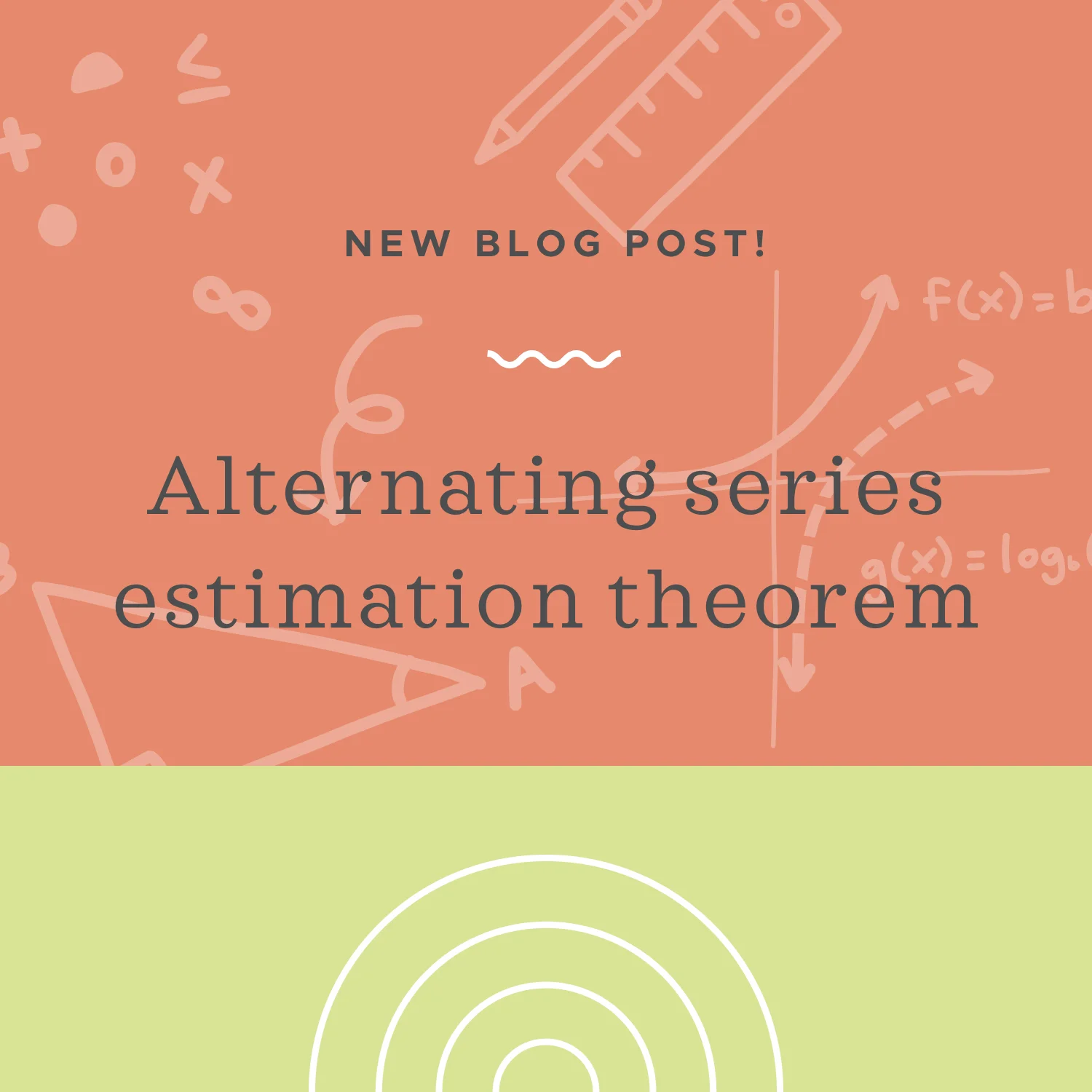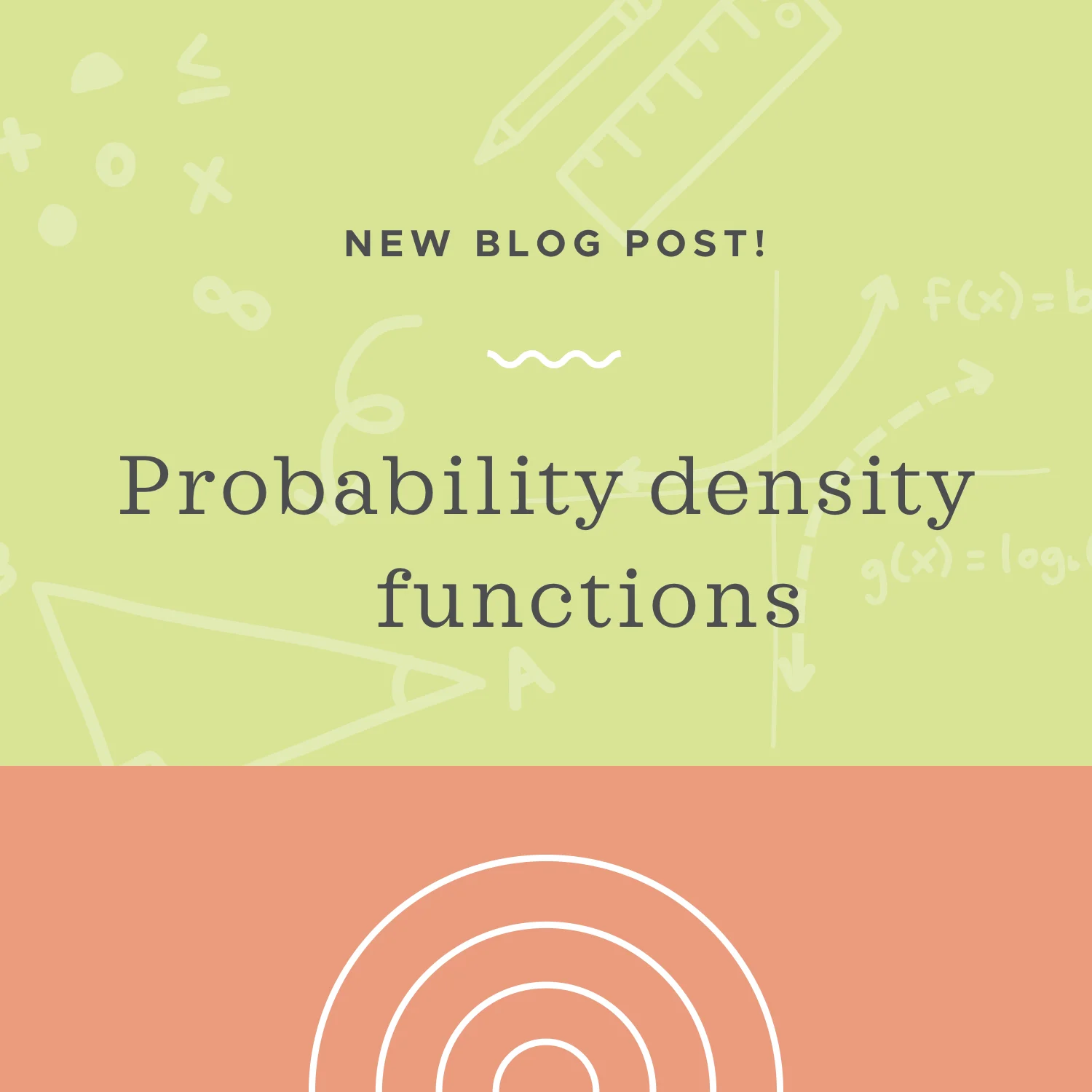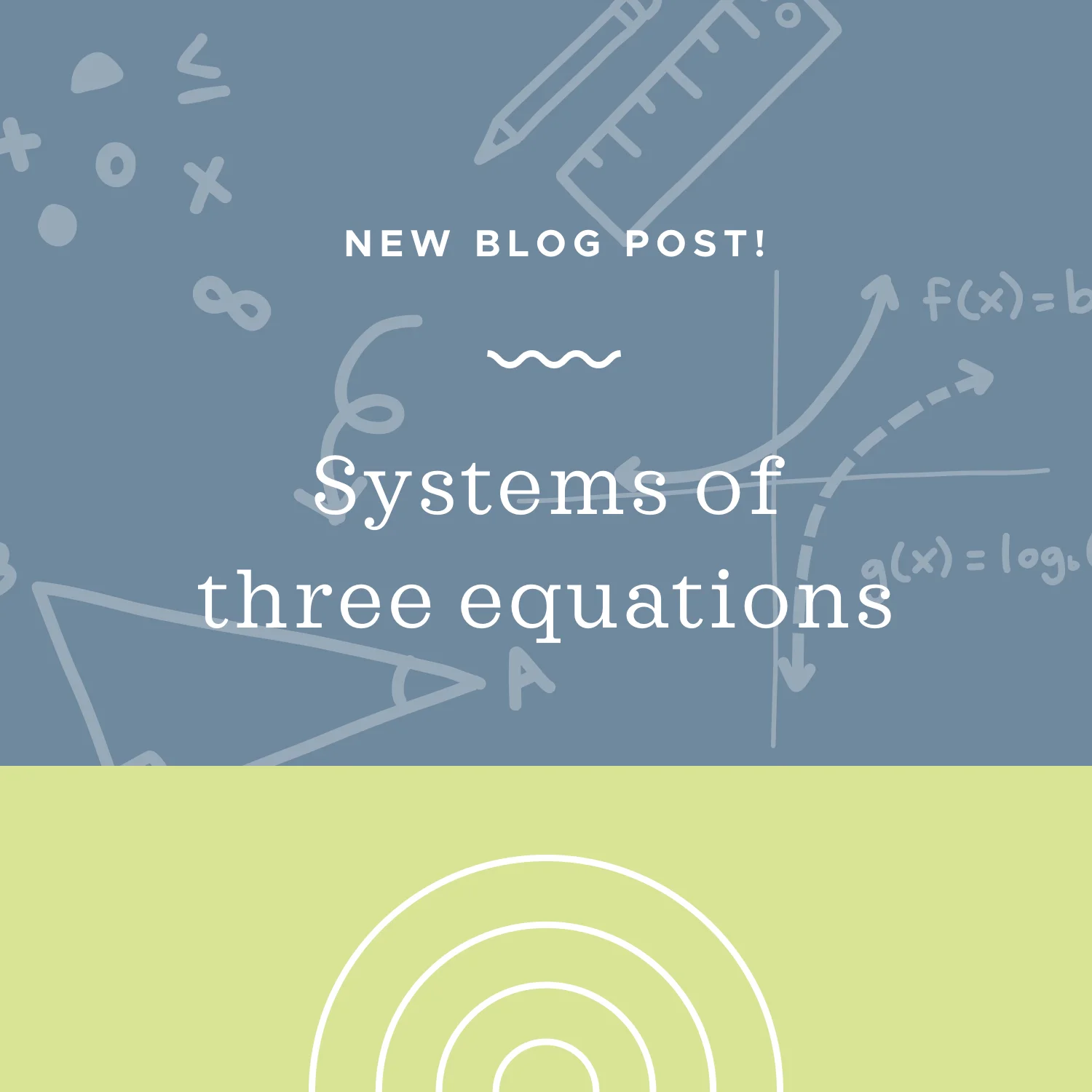In order to model sales decline with the exponential decay equation, the decline must have a constantly and exponentially rate of decline. If it does, we can use our standard exponential change equation.
Read MoreThere are three signs associated with every fraction, one with the numerator, one with the denominator, and one with the fraction in general. But this can be hard to remember, because not all of the signs are always visible.
Read MoreAny point in the coordinate plane can be expressed in both rectangular coordinates and polar coordinates. Instead of moving out from the origin using horizontal and vertical lines, like we would with rectangular coordinates, in polar coordinates we instead pick the angle, which is the direction, and then move out from the origin a certain distance.
Read MoreVertical angles are angles in opposite corners of intersecting lines. So vertical angles always share the same vertex, or corner point of the angle. They’re a special angle pair because their measures are always equal to one another, which means that vertical angles are congruent angles.
Read MoreTwo-step problems are problems in which you need to not only solve an equation for the value of a variable, but then also use the solution to evaluate some other expression that depends on that same variable.
Read MoreThe domain is all x-values or inputs of a function and the range is all y-values or outputs of a function. When looking at a graph, the domain is all the values of the graph from left to right. The range is all the values of the graph from down to up.
Read MoreThe Theorem of Pappus tells us that the volume of a three-dimensional solid object that’s created by rotating a two-dimensional shape around an axis is given by V=Ad. V is the volume of the three-dimensional object, A is the area of the two-dimensional figure being revolved, and d is the distance traveled by the centroid of the two-dimensional figure.
Read MoreThe absolute value operation turns any value inside it into its distance from the origin, essentially turning both positive and negative numbers into only positive numbers. Always calculate the value inside the absolute value first, then apply the absolute value last.
Read MoreThe vast majority of the numbers you’ll use in most math classes are called real numbers, and the whole universe of real numbers is what makes up the Real Number System. Let’s start with a diagram.
Read MoreThe alternating series estimation theorem gives us a way to approximate the sum of an alternating series with a remainder or error that we can calculate. To use the theorem, the alternating series must follow two rules.
Read MoreProbability density refers to the probability that a continuous random variable X will exist within a set of conditions. It follows that using the probability density equations will tell us the likelihood of an X existing in the interval [a,b].
Read MoreRemember that a solution to a system of equations is the set of numbers that makes all of the equations true. If a three variable system has a solution, it’ll have a solution for each of the three variables.
Read MoreThere’s a special relationship between two secants that intersect outside of a circle. The length outside the circle, multiplied by the length of the whole secant is equal to the outside length of the other secant multiplied by the whole length of the other secant.
Read MoreIf we know how we’re sampling, what confidence level we want to use, and we know the sample proportion and standard error, then we can plug these values into the correct formula, find the critical value associated with the confidence level, and then calculate the confidence interval directly.
Read MoreWhen we’re dealing with decimal numbers, rounding is an important tool that we need to know how to use. When we round, we always round to a certain decimal place.
Read MoreYou can use a double integral to find the area of a surface, bounded by another surface. The most difficult part of this will be finding the bounds of each of the integrals in the double integral.
Read MoreIf you tried to solve the limit with substitution and it didn’t work, factoring should be the next thing you try. The goal will be to factor the function, and then cancel any removable discontinuities, in order to simplify the function, so that it can be evaluated.
Read MoreTo use a Laplace transform to solve a second-order nonhomogeneous differential equations initial value problem, we’ll need to use a table of Laplace transforms or the definition of the Laplace transform to put the differential equation in terms of Y(s). Once we solve the resulting equation for Y(s), we’ll want to simplify it until we recognize that the terms in our equation match formulas in a table of Laplace transforms.
Read MoreThe chain rule is often one of the hardest concepts for calculus students to understand. It’s also one of the most important, and it’s used all the time, so make sure you don’t leave this section without a solid understanding.
Read MoreIn this lesson, we want to see what happens to our measures of central tendency and spread when we make changes to our data set. Specifically the changes made either by changing all the values in the set at once, or by adding a single data point to, or removing a single data point from, the data set.
Read More





















